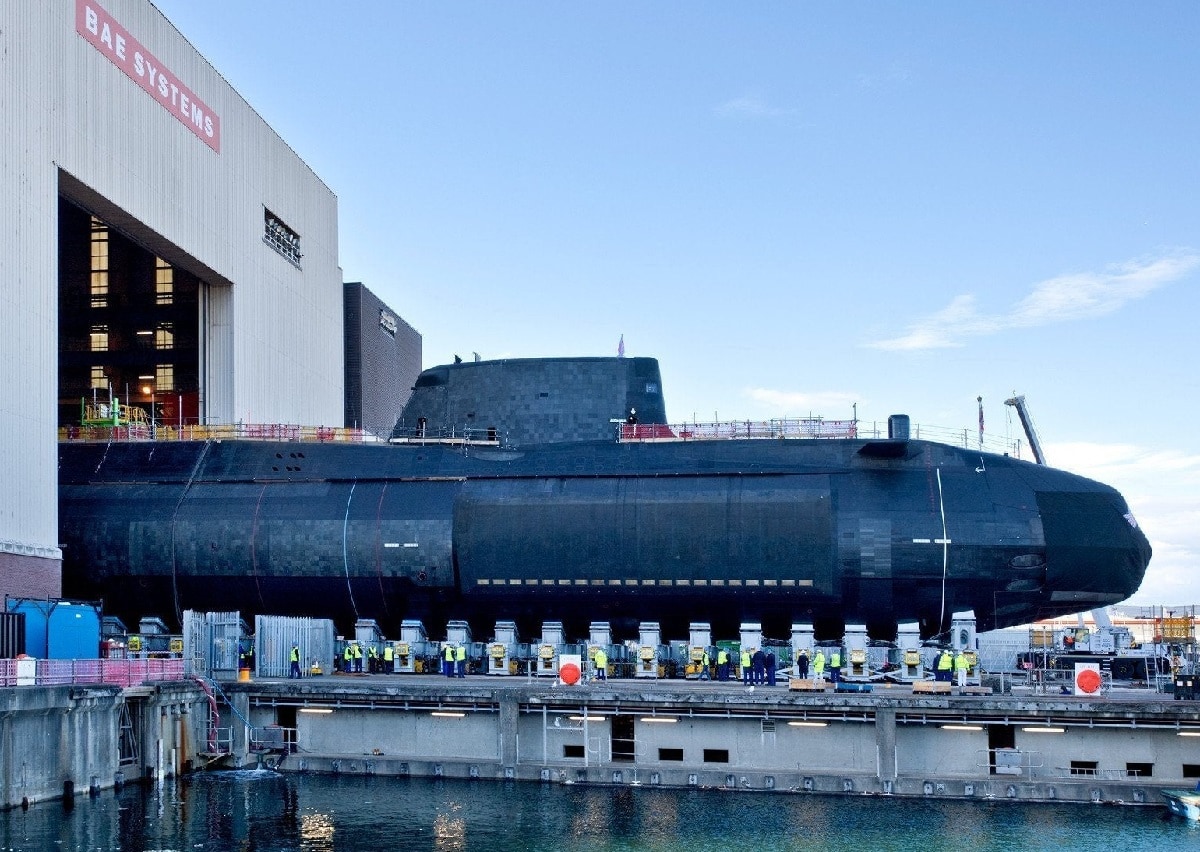Last summer, the Australian government said it would announce the design for its nuclear submarine in the first quarter of 2023.
(Subscribe to Our YouTube Channel Here. 19FortyFive publishes original videos every day.)
Under the “AUKUS pact,” London and Washington had each agreed to help Canberra build and operate its own fleet of nuclear-propelled submarines by 2040.
Fast forward, and the issue has become one of squabbling, in-fighting, and differing opinions on the needs of the Royal Australian Navy.
Last month, Andrew Hasite, Australia’s shadow defence minister, was among those who suggested Australia should seek one or two Virginia-class submarines – the nuclear-powered fast attack submarines currently employed by the United States Navy.
However, Hasite admitted this would require Canberra to subsidize the expansion of the already-crowded U.S. production lines.
Hasite has been vocal that there is a risk in Australia trying to take on the project alone, and has pushed to get a boat or two “in the water,” while building the capacity to domestically produce submarines.
U.S. Capacity Issues
Such a solution didn’t sit well with some U.S. lawmakers, notably Rep. Rob Wittman (R-Virginia), who serves on the House Armed Services Committee’s seapower subcommittee.
He told Breaking Defense last month, “There’s been a lot of talk about well, the Australians would just buy a US submarine. That’s not going to happen.”
Wittman said the United States can’t afford to interrupt its own submarine production.
“I just don’t see how we’re going to build a submarine and sell it to Australia during that time,” Wittman noted.
The comments were echoed by Marcus Hellyer of the Australian Strategic Policy Institute, “The U.S. doesn’t have spare submarines it can sell to Australia and won’t have them anytime soon.”
The UK Option?
Australia has also been considering adopting the UK’s Astute-class, which is operated by the Royal Navy.
Last year, Royal Australian Navy crews even began to train on the newly commissioned HMS Anson, yet, a decision on what submarine could actually be operated by the RAN remains unclear.
Assistant Defence and Veterans’ Affairs Minister Matt Thistlethwaite told Sky News on Tuesday that a review of the options “will be handed down” soon but that the AUKUS submarine deal is part of a “separate review” from the Defence Strategic Review expected in the Australian Parliament’s first sitting in 2023.
UK Defence Minister David Wallace had also suggested last year Royal Navy submarines could be deployed to patrol the Indo-Pacific until Australia has the boats capable of taking on the role.
The Nuclear Option?
Whether the RAN even needs the submarines also remains an unresolved issue.
At the same time, some of Australia’s neighbors have even expressed concerns that the future boats would need to travel near their territorial waters.
Both Malaysia and Indonesia have already called into question the safety issues with the transportation and use of highly enriched uranium and the risk of it being diverted to weapons programs.
There is a bigger argument that such weapons aren’t needed for the defense of the nation.
Writing for The Sydney Morning Herald on Wednesday, former Australian diplomat David Livingstone called nuclear-powered submarines an exercise in futility, noting that China – the most significant potential adversary for Australia – would likely never mount a maritime invasion, and couldn’t succeed if it tried.
“Australia is thousands of kilometres from China, and its approaches are characterised by maritime choke points and potential killing zones,” Livingstone wrote. “That’s thousands of kilometres where its forces would be exposed to attack; thousands of kilometres of stretched supply lines requiring enormous and sophisticated logistics.”
The question therefore may not be about what nuclear-powered fast attack submarine Australia will operate but should be one of whether it actually needs such boats in the first place.
Author Experience and Expertise: A Senior Editor for 19FortyFive, Peter Suciu is a Michigan-based writer. He has contributed to more than four dozen magazines, newspapers, and websites with over 3,200 published pieces over a twenty-year career in journalism. He regularly writes about military hardware, firearms history, cybersecurity, politics, and international affairs. Peter is also a Contributing Writer for Forbes and Clearance Jobs. You can follow him on Twitter: @PeterSuciu.

